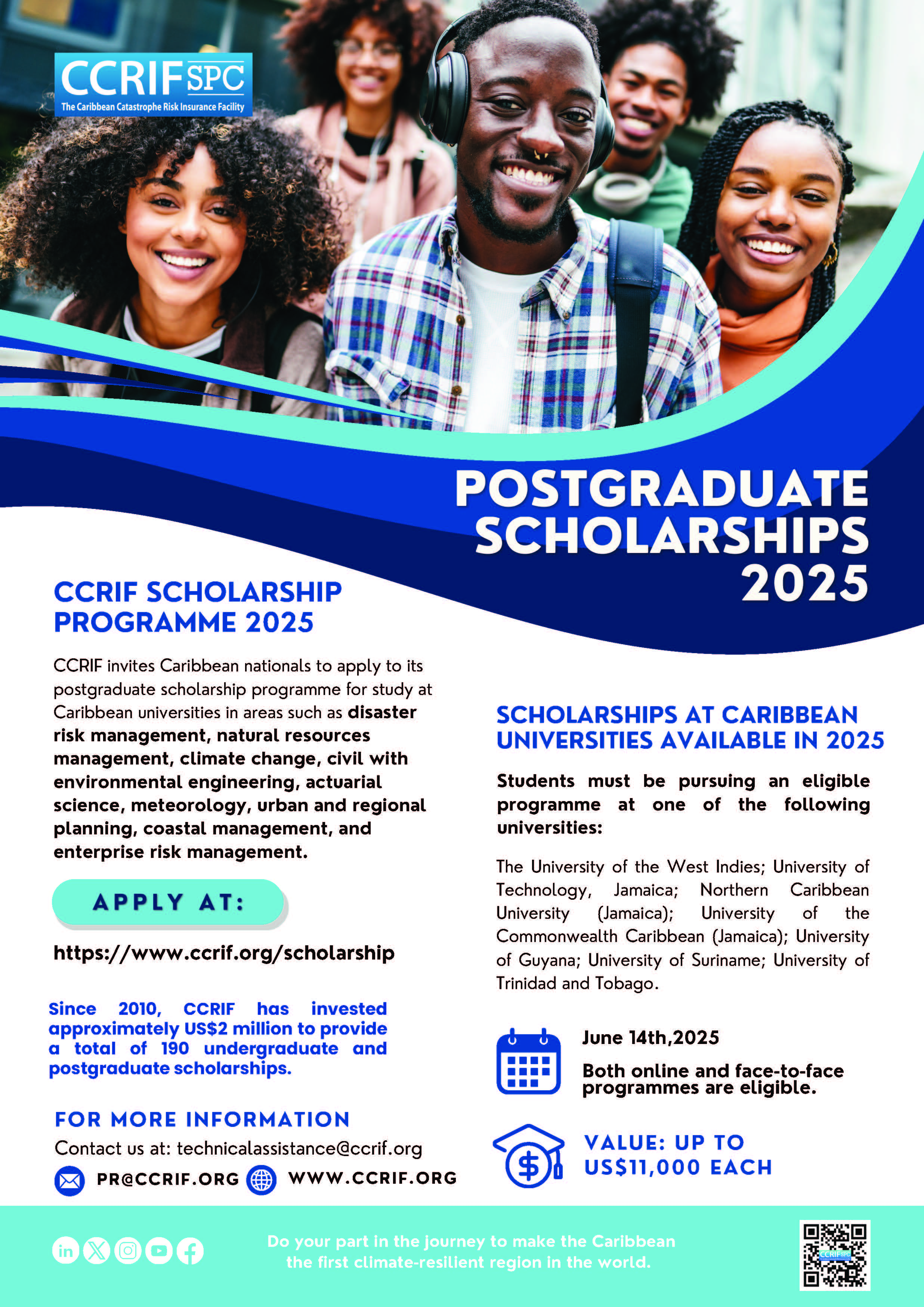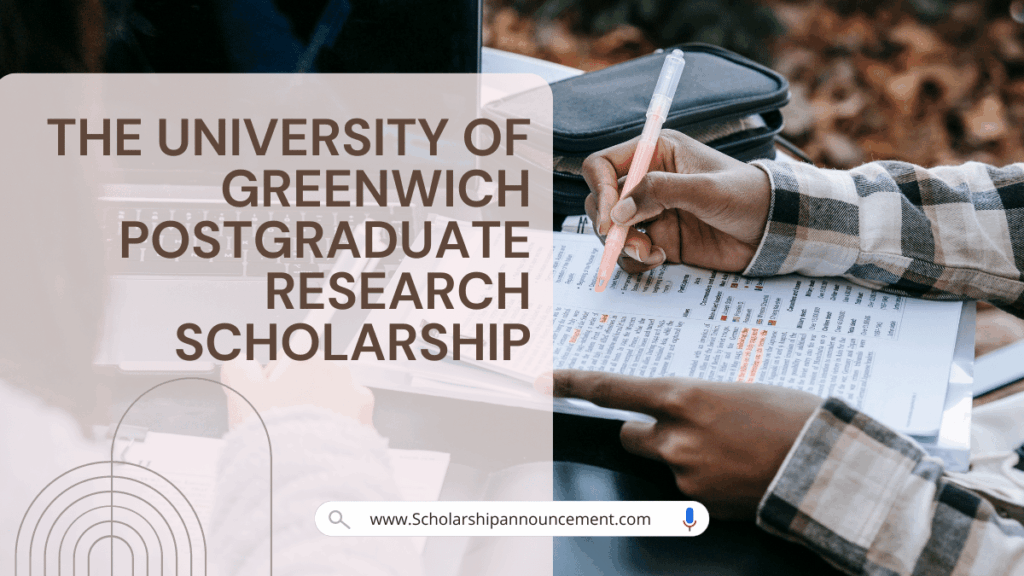I remember sitting at my desk, staring at the university prospectus, a mix of excitement and dread churning in my stomach. The dream of pursuing a postgraduate degree, diving deeper into a subject I truly loved, felt so close, yet so impossibly far. The cost. Oh, the cost! It wasn’t just a number; it was a mountain, an Everest of tuition fees, living expenses, and research materials that seemed insurmountable. For someone like me, from a modest background, postgraduate study without significant financial help was simply out of the question. That’s when I first truly understood what a postgraduate scholarship could mean – not just a helping hand, but the entire bridge across that financial chasm.
It wasn’t an easy path, not by a long shot. There were moments of despair, piles of rejected applications, and the constant nagging doubt that maybe I wasn’t good enough, or smart enough, or deserving enough. But looking back now, having navigated that complex maze and emerged on the other side with a fully funded master’s degree and later, a substantial scholarship for my PhD research, I realize it was one of the most transformative experiences of my life. And I want to share that journey with you, stripped of all the jargon, just how I learned it, step by arduous step.
The Seed of an Idea: Why a Scholarship?
For many, the initial thought of graduate school is thrilling. Then reality hits. Tuition fees alone for a master’s or a PhD can range from tens of thousands to well over a hundred thousand dollars for the entire program. Add living costs, health insurance, books, and the opportunity cost of not working full-time, and you’re looking at a staggering sum. This is where postgraduate scholarships become not just an option, but often a necessity.
I wasn’t just looking for a discount; I needed full funding. I remember spending hours online, typing phrases like "fully funded postgraduate scholarships" and "PhD funding opportunities" into search engines, feeling like I was shouting into a void. It felt like everyone else knew some secret handshake, some hidden portal to these magical opportunities. They don’t. It’s mostly about perseverance and knowing where to look, and critically, how to present yourself.
My First Steps: Where to Even Begin Looking
The sheer volume of information out there can be overwhelming. My first mistake was trying to apply to every scholarship I saw. Don’t do that. It’s a recipe for burnout and low-quality applications. Instead, I learned to narrow my focus.
-
University Websites: This was my starting point. Every university that offers postgraduate programs will have a "financial aid" or "scholarships" section on their website. Many universities have their own internal scholarships, some course-specific, others for general postgraduate study. These are often less competitive than national or international awards because only students applying to that university can get them. I made a spreadsheet – my trusty spreadsheet became my best friend – listing universities, their programs, and their specific scholarship offerings, along with deadlines. This also helped me track master’s degree funding opportunities specific to my chosen fields.
-
Government-Funded Scholarships: Many countries offer scholarships to attract international students or to support their own citizens studying abroad. Think programs like Chevening (UK), Fulbright (USA), DAAD (Germany), Endeavour (Australia – though this one has changed forms over the years). These are often very competitive but can be incredibly generous, covering everything from tuition to flights and a monthly stipend. My friend secured a Chevening scholarship, and the support she received was truly life-changing. These often have specific eligibility criteria, like nationality, work experience, or a commitment to return to your home country. These are great examples of study abroad scholarships.
-
External Organizations and Foundations: This is where things get a bit more niche but can be incredibly rewarding. Many charities, professional bodies, and private foundations offer scholarships related to specific fields of study, demographics, or research topics. For instance, if you’re studying environmental science, look for environmental organizations. If you’re a woman in STEM, search for foundations supporting women in science. This requires more digging, often using broader search terms like "scholarships for postgraduate" or "funding for ." I found a fantastic foundation that supported research into sustainable urban development, which perfectly aligned with my master’s thesis topic.
-
Research Council Funding (especially for PhDs): If you’re eyeing a PhD, especially in the sciences or humanities, national research councils are huge funders. In the UK, for example, you have the ESRC, AHRC, MRC, etc. These often fund entire PhD cohorts, usually tied to specific university projects or doctoral training centers. You often apply for these through the university, so it’s a bit like a two-in-one application. This is how I eventually secured my PhD funding. My supervisor played a critical role here, as they often have existing grants or can help shape your proposal to fit a specific funding call. These are often the best sources for fully funded scholarships at the doctoral level.
The Application Gauntlet: More Than Just Good Grades
Once I started finding opportunities, the real work began: the applications themselves. I quickly realized that simply having good grades wasn’t enough. While academic excellence is often a prerequisite, scholarships are looking for much more. They’re investing in future leaders, innovators, and problem-solvers. They want to see your potential, your passion, and your purpose.
-
The Personal Statement/Essay: This is arguably the most important part of your application. It’s your chance to tell your story, to make a human connection with the selection committee. I spent weeks, sometimes months, on each personal statement. These scholarship application tips are crucial.
- Authenticity is Key: Don’t just list your achievements. Weave a narrative. Why this program? Why this university? Why now? What experiences have shaped your desire for postgraduate study? For me, I talked about a summer internship where I saw firsthand the challenges of urban planning, and how it solidified my desire to specialize in sustainable development.
- Show, Don’t Just Tell: Instead of saying, "I am a motivated individual," describe a time when your motivation led to a tangible outcome. Instead of saying, "I have leadership skills," talk about a project you led and the impact you had.
- Connect the Dots: Explicitly link your past experiences, skills, and future aspirations to the scholarship’s goals and the program you’re applying for. How will this scholarship help you achieve their mission?
- Address the Prompt: Each scholarship will have specific questions or themes. Answer them directly, but infuse them with your personal voice. Never just copy and paste. Tailor each essay meticulously. I had a master document of my achievements and experiences, and then I’d pull from that and reshape for each specific application.
- Proofread Relentlessly: Typos and grammatical errors convey carelessness. Read it aloud. Get friends, mentors, or career advisors to read it. I must have proofread my winning essay dozens of times.
-
Letters of Recommendation: These can make or break your application. A glowing letter from a professor who knows you well is worth its weight in gold.
- Choose Wisely: Don’t just pick the most senior professor. Choose someone who knows your academic abilities, your work ethic, and your character. Ideally, someone who has seen you excel in their class or on a project.
- Give Them Ample Time: Ask well in advance, at least a month before the deadline. Professors are busy people.
- Provide Them with Information: Don’t just ask for a letter. Give them your CV, your personal statement draft, the program details, and the scholarship criteria. Remind them of specific projects or achievements you’d like them to highlight. Make their job easy.
- Waive Your Right to See It: Most scholarship applications will ask if you waive your right to see the letter. Always say yes. It signals to the committee that the letter is an honest and unfiltered assessment.
-
CV/Resume: Keep it concise, professional, and tailored. Highlight academic achievements, relevant work experience, research projects, publications, presentations, and any leadership or volunteer roles. Quantify your achievements whenever possible (e.g., "managed a team of 5," "increased efficiency by 15%").
-
Transcripts: Ensure all your academic records are accurate and submitted correctly. If your grades aren’t perfect, use your personal statement to explain any dips or to highlight improvement.
-
Research Proposal (for PhDs): This is a beast of its own. It needs to be original, feasible, well-researched, and align with the expertise of potential supervisors. This is where you show your ability to think critically and contribute new knowledge. I spent months refining my proposal, often with feedback from my potential supervisor. It’s a living document until it’s submitted. This is a critical part of seeking PhD funding.
The Waiting Game and the Rejections
Oh, the waiting game! It’s agonizing. You hit "submit," and then it’s just silence. Days turn into weeks, weeks into months. And then, the emails start trickling in. Many of them were rejections. I vividly remember getting an email that started with, "Thank you for your interest, but…" for a scholarship I truly thought I had a good shot at. It stung. It made me question everything.
But here’s what I learned: rejections are not personal failures. They are part of the process. Scholarships are incredibly competitive. There are often hundreds, sometimes thousands, of applicants for a handful of spots. It doesn’t mean you’re not capable; it just means that particular opportunity wasn’t the right fit, or someone else’s application resonated slightly more with that specific committee. My advice? Don’t dwell. Learn from it if you can (some places offer feedback, though rarely for scholarships), and then move on to the next application. Persistence is your superpower. I applied to over 20 scholarships for my master’s and probably another 15 for my PhD before I landed the ones that mattered. This resilience is a key element of securing graduate school funding.
The Interview Stage (If Applicable)
Some scholarships, especially the highly competitive ones or those tied to specific research projects, will invite you for an interview. This is a fantastic sign – it means they see potential in you!
- Prepare Thoroughly: Research the scholarship, the committee members (if known), and the program again. Be ready to discuss your personal statement, your research proposal (if applicable), and your future goals in detail.
- Practice: Anticipate common questions: "Why this scholarship?", "What are your strengths/weaknesses?", "How will you contribute?", "What are your long-term goals?" Practice answering them clearly and concisely.
- Show Your Personality: They want to see if you’re a good fit, not just academically, but also as a person. Be confident, enthusiastic, and authentic. My PhD interview felt more like a conversation about my passion than an interrogation, which was a huge relief.
- Ask Questions: Always have a few thoughtful questions ready for them. It shows genuine interest and engagement.
The Sweet Victory: Life as a Scholarship Recipient
And then, one day, it happens. An email arrives, and this time, it starts with, "Congratulations!" The relief, the joy, the sheer disbelief – it’s an incredible feeling. For me, it felt like finally being able to breathe after holding my breath for years.
Receiving a postgraduate scholarship isn’t just about the money, though that’s a huge part of it. It’s an affirmation of your potential, a vote of confidence in your abilities. It opens doors. Suddenly, I had access to resources, networks, and opportunities I could only have dreamed of.
But it also comes with responsibilities. Most scholarships expect you to maintain a certain academic standard, engage with the scholarship community, and sometimes, contribute to events or mentorship programs. It’s a reciprocal relationship. I found myself attending networking events, mentoring younger students, and giving presentations about my research, all part of being a scholarship ambassador. It enriched my experience immensely.
My Key Takeaways and Advice for You
If I had to distill my entire scholarship journey into a few core pieces of advice for anyone considering postgraduate study, it would be this:
- Start Early, Really Early: Scholarship deadlines are often a year or more before the program starts. Give yourself ample time for research, writing, and gathering recommendations. Don’t rush it.
- Be Strategic, Not Scattershot: Focus your efforts on scholarships where you meet the criteria and where your profile genuinely aligns with their mission. Quality over quantity.
- Tell Your Story: Your personal statement is your superpower. Make it compelling, authentic, and memorable. Let your passion shine through. These are vital scholarship application tips.
- Network and Ask for Help: Talk to current postgraduate students, professors, and career advisors. They often have insights into funding opportunities or can review your application materials. My supervisor was instrumental in helping me shape my PhD proposal to fit a specific funding call.
- Persistence is Non-Negotiable: You will face rejections. Everyone does. Don’t let them derail you. Learn, adjust, and keep applying. My journey was paved with more "no’s" than "yes’s," but it only takes one "yes" to change everything.
- Read the Instructions Meticulously: This sounds obvious, but it’s where many people fall short. Follow every instruction, adhere to word counts, and submit all required documents. A perfect application can be undone by a simple oversight.
- Proofread, Proofread, Proofread: I can’t stress this enough. A clean, error-free application shows professionalism and attention to detail.
- Highlight Impact and Future Vision: Scholarship committees want to know what you’ll do with their investment. How will your postgraduate study, enabled by their scholarship, allow you to make a difference in your field, your community, or the world? Paint a clear picture of your future contributions.
- Consider All Types of Funding: Don’t limit yourself to just the big-name, fully funded scholarships. Sometimes a combination of smaller awards, teaching assistantships, or research assistantships can add up to a full funding package. Explore all avenues for graduate school funding.
- Embrace the Process: It’s a learning experience. You’ll refine your writing, improve your research skills, and gain confidence. Even if you don’t get the first scholarship you apply for, the skills you develop in the application process are invaluable for your academic and professional life.



